after snow cleanup?
oliveoyl3
13 years ago
Related Stories
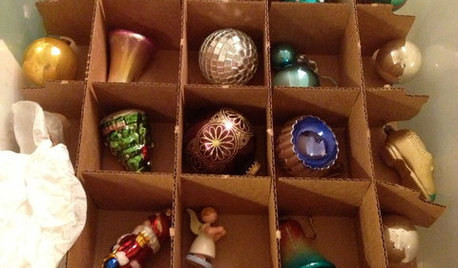
HOLIDAYSChristmas Cleanup Tips for the Not Naturally Organized
Dreading the postholiday chores? First let yourself unwind. Then grab some boxes, a few supplies and this easy guide
Full Story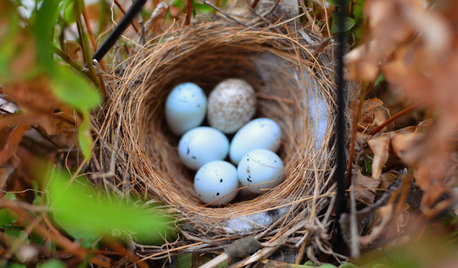
GARDENING GUIDES4 Reasons Not to Rush the Spring Garden Cleanup
There are many positives to staying out of the garden, especially for wildlife
Full Story
ENTERTAININGYour Pre-Entertaining Quick Cleanup Checklist
Here’s a plan to help you get your house in order before guests arrive
Full Story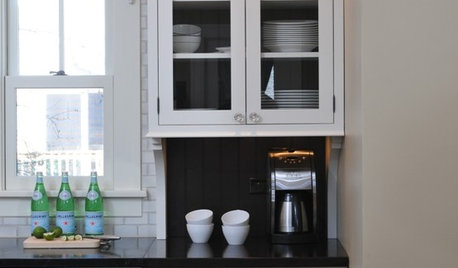
HOUSEKEEPINGThe Great Kitchen Cabinet Cleanup
Purge your way to a clean kitchen, then put pieces back for maximum efficiency and orderliness, with this step-by-step guide
Full Story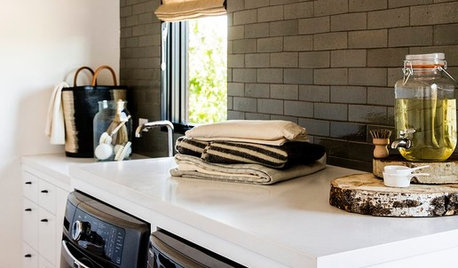
HOUSEKEEPINGClean Up Your Cleanup Zones
Make chore time more pleasant by tidying up your laundry room and updating cleaning tools
Full Story
MOST POPULARWhat to Do After a Hurricane or Flood
How you treat your home after a natural disaster can make all the difference in its future livability — and your own personal safety
Full Story
GARDENING GUIDESGet a Head Start on Planning Your Garden Even if It’s Snowing
Reviewing what you grew last year now will pay off when it’s time to head outside
Full Story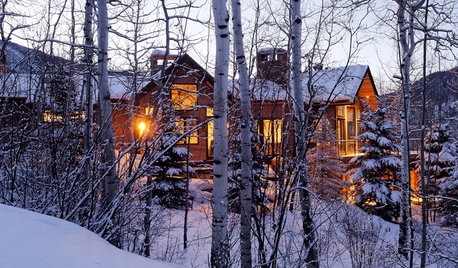
LIFEHouzz Call: Who'll Post the First Snow Photo of 2013?
If the weather's been flaky in your neck of the woods, please show us — and share how you stay warm at home
Full Story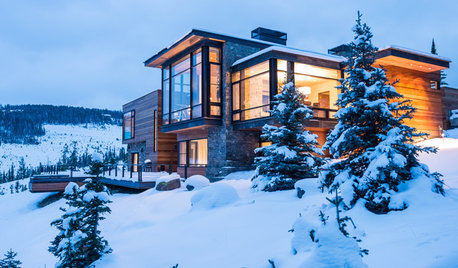
ARCHITECTUREHave Your Flat Roof and Your Snow Too
Laboring under the delusion that flat roofs are leaky, expensive and a pain to maintain? Find out the truth here
Full Story
GARDENING GUIDESBackyard Birds: Northern Cardinals in the Snow, and Other Red Birds
Brilliant crimson feathers make these friends stand out in a crowd
Full Story






Embothrium
gardengal48 (PNW Z8/9)
Related Professionals
Deer Park Landscape Contractors · Hoover Landscape Contractors · San Benito Landscape Contractors · Santa Maria Landscape Contractors · Vacaville Landscape Contractors · Wethersfield Landscape Contractors · Peoria Fence Contractors · Fair Oaks Fence Contractors · Hopkins Fence Contractors · Marana Fence Contractors · San Leandro Fence Contractors · Sioux City Fence Contractors · Wallingford Fence Contractors · West Hollywood Fence Contractors · Whittier Fence ContractorsEmbothrium
hallerlake
Embothrium
oliveoyl3Original Author
Embothrium
gardengal48 (PNW Z8/9)
Embothrium
oliveoyl3Original Author
Embothrium